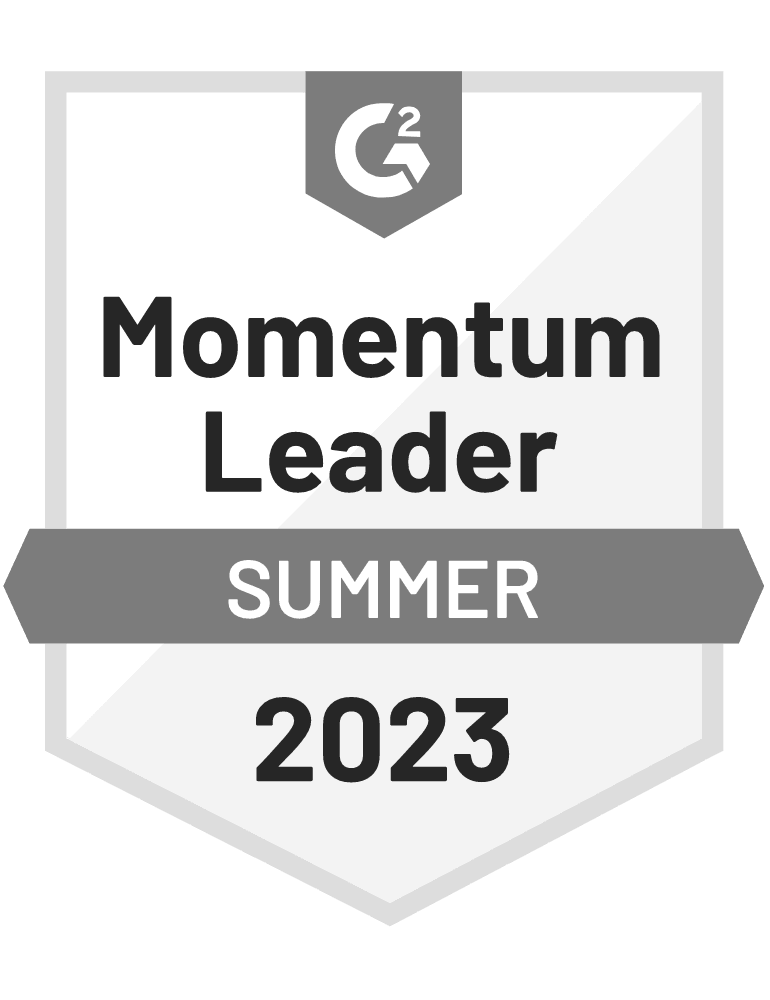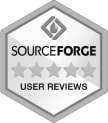Traditional marketing tactics are no longer the key focus of the modern marketing, today we lead internet based businesses that provide us with a wide array of advertising opportunities, which offer more innovative solutions and are more eyeball catching. Those advertisements known as Pay Per Click (PPC) ads like Google Adwords PPC are internet marketing models of implementing an ad on various platforms and buying your website quality visits.
Most of the time when people hear about PPC, they automatically think of Google adwords, while it has a major share in the ad platform, there are more search engine ads available such as, Bing and Yahoo. Other forms of PPC can be the social advertisements that are offered by Facebook, Youtube, Twitter, etc. But today we are going to talk about the Google adwords and how to make sure your ad is shown to the right audience. Read on and find out 3 basic PPC strategies for your Adwords ads.
The goal of any marketing campaign is to convince as many people as possible to take an action, whether it is to make a purchase, turn over information, or speak with a salesperson. Every potential customer takes a different route to get to these conversion points. Much of marketing is about optimizing these routes so that more people convert.
It’s not usually a one-step process. Potential customers have multiple ways to back out of the path to a conversion. This is why online marketing can be so difficult. Any gaps in the process need to be sealed up completely or used to eliminate people who aren’t your target audience.
Marketers and programmers keep coming up with new ways to seal the gaps such as onsite retargeting, which keep people who have already arrived at the site close by offering targeted messages to people who may be about to leave a site. But it all starts with generating traffic. And if you want to generate a lot of traffic quickly, you need pay-per-click advertising.
Sure, you have to pay for it, but nothing works better for targeted traffic generation. And if you’re considering using newer on-site conversion strategies like onsite targeting, you need to ensure that your PPC ads are drawing as many of the right people as they can. Here, then, are some strategies you need to keep in mind when building your Google Adwords PPC Campaigns.
Analyze Your Competitor’s Keywords
It never hurts to take a second look at your keywords. The right keywords are the first bridge between your business and your customers for PPC ads. Since PPC ads are usually served up in relation to a search query, the importance is obvious.
Most businesses start by making some educated guesses using Google’s tools, but that’s not the only place to look. You should consider looking at your competitor’s PPC keyword selection as well. There are a number of ways to do this. You may have to shell out some money on paid search engine intelligence software and other tools to do a deep dive on your competitors, especially in a large or high-competition market, but it can be worth it to squeeze out as many targets as you can.
Correct Targeting
There are a few settings in AdWords that can keep your PPC campaigns from operating as well as they could be. At least one of them can drain your account quite fast if you’re not careful. But before going into them, we need to talk about correct targeting.
The great strength of PPC is that PPC ads meet the user when they are interested in buying. If someone is searching for information on a product or service, they want to know more and will be primed to click on an ad that appeals to their need. Choosing the right keywords plays the largest role in targeting the right customers for your business, but it’s not the only factor.
If your business only operates in a local area, you must turn on geo-targeting or you are losing money. Geo-targeting will ensure that your ads are only seen by people in a certain city or within a certain radius from a point. If you don’t do this, Google will assume you want nationwide exposure to your ad and that will make your ad copy work against you. A great ad targeted to the wrong region means you’ll get lots of clicks that you can’t convert.
For instance, if you are running a flower delivery business in Lubbock, Texas, it is wiser to target people in Lubbock, Texas and combine that with regional keywords such as ” flowers in Lubbock, Texas”
Similarly, in almost all cases it’s better to turn on exact match keywords rather than broad match keywords. Broad match is the default because Google wants to show your ads to as many people as possible, but what Google thinks might be a related term may not be what you can actually offer. By forcing Google to use exact matches before displaying your ad, the chance of each impression turning into a click will rise.
Google is also getting better at providing near matches to exact match keywords so things like “car dealer New York” and “New York car dealer” refer to the same thing (and saving SEO writers from having to write really awkward copy.)Read this post from Wordstream on the changes that have happened this year to learn more.
Retargeting
Retargeting also known as remarketing is the practice of offering a new ad to the same user at a later time. That’s the simplest definition. But it can go much further than that. Take your landing page. If you can time when most users are about to leave your landing page and offer an onsite retargeting message, you can get them to stick around for just a bit longer.

How does this help your PPC? It increases the time that is spent on the landing page and it offers a second conversion opportunity. It also reduces bounce rate. These factors add up because they can push up your ad’s quality score. This means a lower PPC cost for you over time and better placement.
Landing pages are the handoff point between Adwords PPC and on-site retargeting. If the visitor doesn’t convert immediately then on-site retargeting should guide them to the next step. It’s important todo quarterly PPC audits as well to determine what works for you best.
Landing pages are the handoff point between PPC and on-site retargeting. Click To TweetBy following these strategies, your PPC campaign just won’t capture as many people as possible. It’ll capture as many of the right people as possible so they can be further brought down the path via your landing page, onsite retargeting, and other marketing techniques. In the end, it means more conversions for you with just a few tweaks. And keep in mind to follow the PPC guidelines Google provides for advertisers in order not to getAdWords suspended, since recovering from it may be tough.
Author
Chris Hickman is the Founder and CEO atAdficient with 15 years of experience in search marketing and conversion optimization. Since 2006, he founded GetBackonGoogle.com, helping businesses and websites suspended in Adwords to Get Back on Google.











